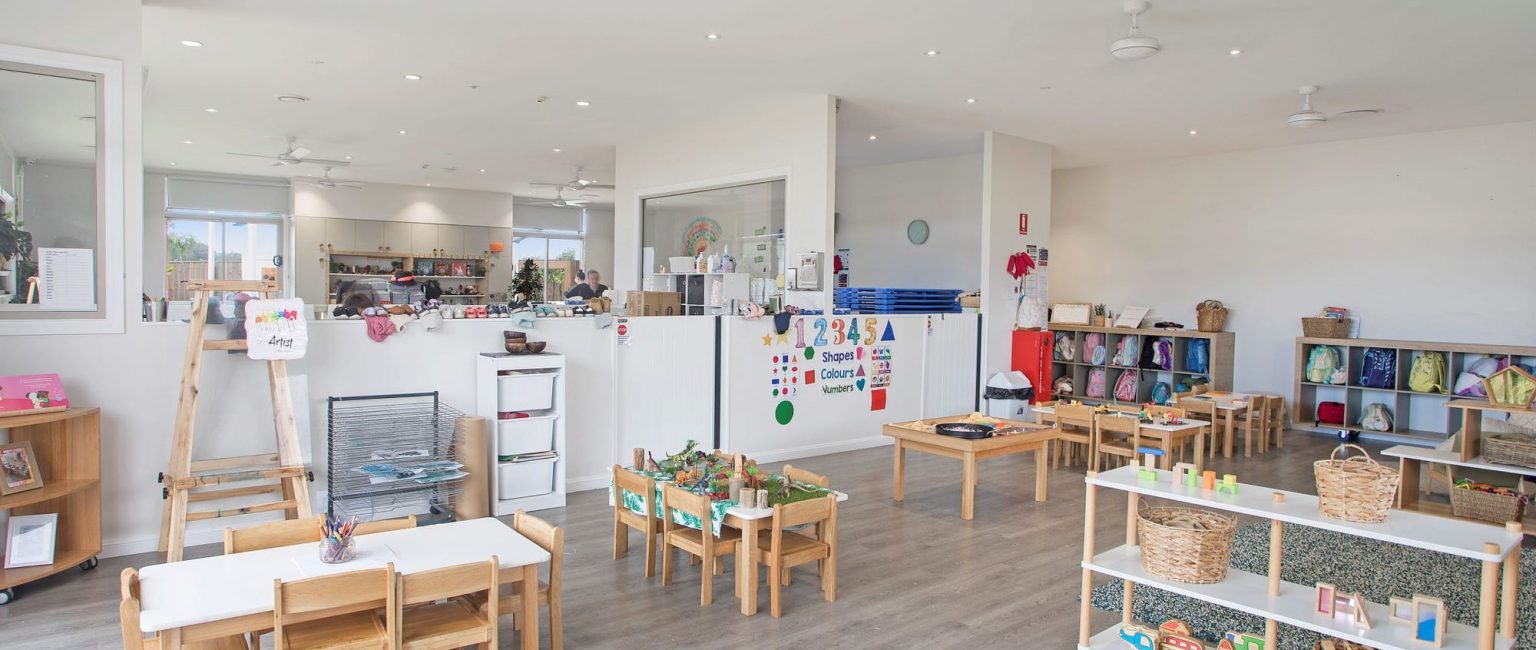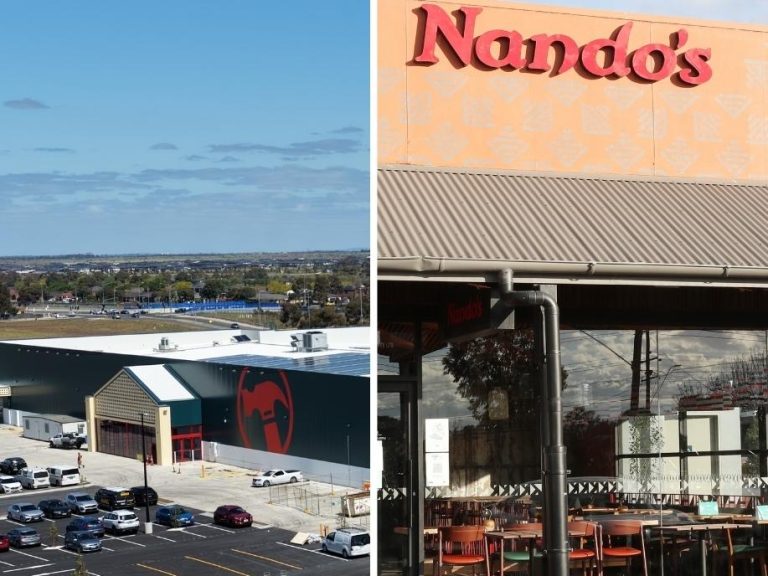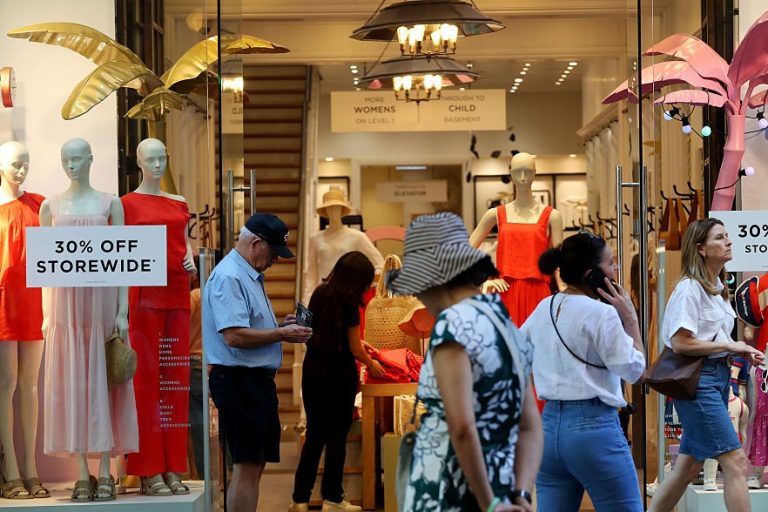Competition for niche assets ramping up as investors seek to diversify

When it comes to who buys what in the world of commercial real estate, different buyer types are typically associated with different assets.
Unsurprisingly, more expensive assets are primarily purchased by listed funds and institutional investors, while private buyers dominate the more affordable end. Differing investment preferences also extend to the types of assets targeted.
Historically, larger funds have tended to focus on more conventional core assets (think office, retail and industrial) while eschewing niche, complex sectors. Recently, however, this has started to change, and COVID-19 has played a key role.
The pandemic played havoc with the commercial real estate sector. Many retailers encountered enormous challenges due to lockdowns, and the rise in remote working disrupted confidence in the office sector.
This drove many investors to rethink their strategies and seek out opportunities further afield. As a result, niche assets – particularly those providing low risk defensive income streams – have seen a surge in demand from larger funds. This, in turn, has led to more competitive pricing.
Childcare centres are an obvious example. Previously, private investors were the primary buyers of childcare assets, but in recent years the sector has seen growing demand from institutional investors.
Larger players, such as BlackRock and the Charter Hall Social Infrastructure REIT, are increasingly recognising the benefits of this subsidised, growing sector. This is upping buyer demand and driving more competitive pricing.
As a result, childcare assets have seen significant yield compression, even as interest rates rise. Prior to 2020, it was rare to see a childcare centre sell at a sub-5% yield, but this is no longer uncommon, with several recent sales even breaking the 4% level.
Pubs, bars and taverns are another niche sector seeing rising demand from institutional buyers. Between 2015 to 2019, private investors accounted for 92% of the volume of pub acquisitions, according to Real Capital Analytics. Since 2020, this has fallen to 62%, due to a rise in acquisitions by larger funds.
Other alternative sectors that have seen rising demand from institutional investors include service stations, self-storage, and health and life science assets.
Given the challenges that arose throughout COVID-19, the shift to alternative sectors was unsurprising. Now, on the other side of the pandemic, new difficulties are arising.
Rising costs related to inflation and interest rates are denting confidence and creating tough conditions for many businesses. This, in turn, has implications for commercial real estate returns.
Considering these challenges, institutional investors are likely to continue their diversification away from core real estate assets and include more alternative sectors in their portfolios.







